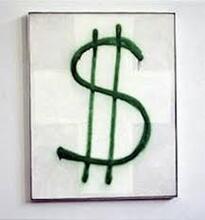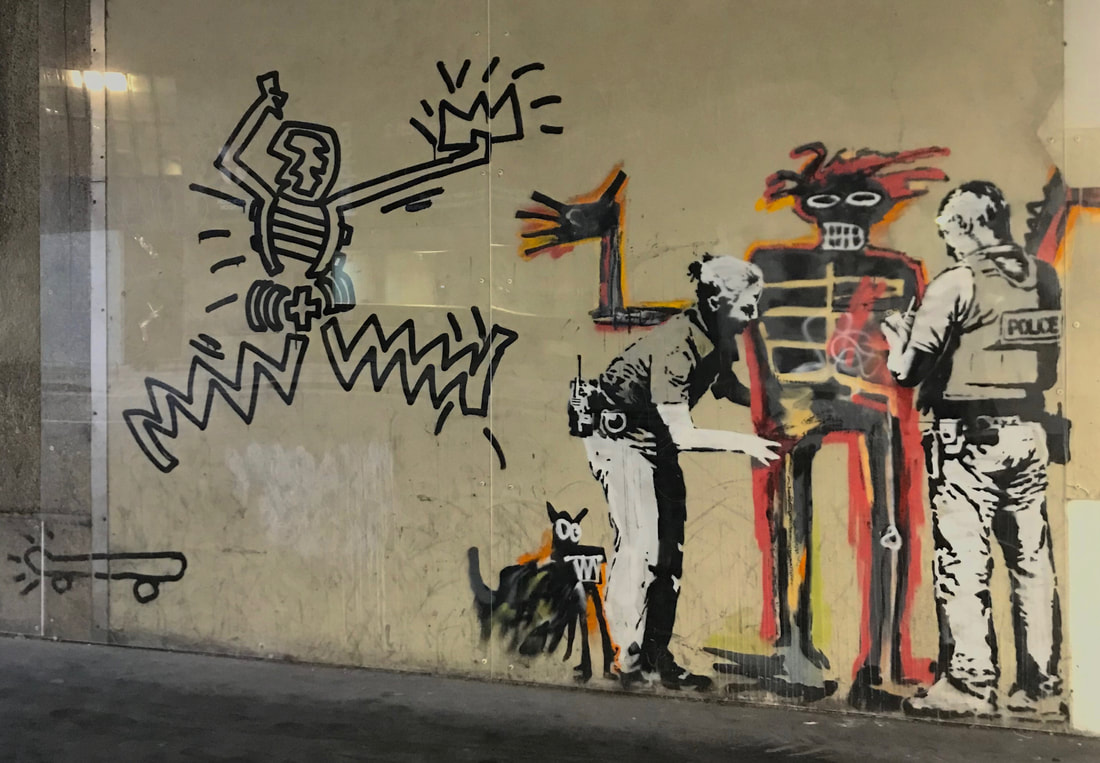Y A N K E E L O N D O N S T U D I O
Musings from a Yankee artist abroad in London...
Rebel
Fresh from the travails of trying to articulate the pros and cons of artist luminaries and their approaches in several essay assignments, the Yankee artist has been thinking about the following:
- Is there a hierarchy to pieces of art?
- Can one piece of art supersede another, based on time, context, location? Should it?
- What purpose do museums serve?
- Who decides what goes inside?
- What comprises a dialogue?
- When is it acceptable, or not, to deface a piece of art? To vandalize? To destroy?
- Examining the biases of the writers, can they ever be objective?

I find myself in a funny position, a conflicting position.
I respect a tradition of graffitti as a means of reflecting free expression, especially when it's harnessed to highlight problems in society. And yet I have a serious problem with the artist David Brener's action of spray painting Kazimir Malevich's 1921 painting at the Stedelijk Museum in Amsterdam. So what's the difference? I can't quite pinpoint it yet and that's frustrating. I think part of me thinks of museums and their collections as public entities that enable artists like me to see the works of other artists. I am a mixed race female artist who is fully aware that the majority of the works in museums are by European white men, with North American male artists forming the rear guard. But I feel I still have a lot to learn from those works. So I wonder, what exactly did Brener do in 1997 that I didn't already know then? And did his actions make any difference in the 25 years since?
Autumn 2020
I respect a tradition of graffitti as a means of reflecting free expression, especially when it's harnessed to highlight problems in society. And yet I have a serious problem with the artist David Brener's action of spray painting Kazimir Malevich's 1921 painting at the Stedelijk Museum in Amsterdam. So what's the difference? I can't quite pinpoint it yet and that's frustrating. I think part of me thinks of museums and their collections as public entities that enable artists like me to see the works of other artists. I am a mixed race female artist who is fully aware that the majority of the works in museums are by European white men, with North American male artists forming the rear guard. But I feel I still have a lot to learn from those works. So I wonder, what exactly did Brener do in 1997 that I didn't already know then? And did his actions make any difference in the 25 years since?
Autumn 2020
